Without question, the most famous wine region in the Southern Rhone valley is Chateauneuf du Pape. It is located within view of Avignon, and takes its name from the castle which the Avignon Popes had constructed overlooking the town as a summer residence, (translated: New Castle of the Popes.) The red wine made here is based on Grenache, with some Mourvedre, Cinsault, Carignan, Syrah, and Terret Noir - they are often fragrant wines with relatively high alcohol for France, commonly just below 15%. It is common to use large, older oak casks for the elevage of these wines, so they do not have the intensely oaky character that is so common in new world wines, or in Burgundy or Bordeaux - this wine is more about the grapes and the place than about the winemaking technique. To me, when young they have a floral grapiness with defined astringent tannins, while remaining decently acidic and agile on the palate. With age, they lose some fruit, and the floral moves toward dried petals and spices, sometimes they have almost a mineral, gamey 'blood' aroma, and the tannin structure does not seem to move appreciably. It is common for these wines to age 20 years with proper cellaring, and even longer than that in the best cases.
I learned a fair deal about the appellation just by being there. It is a relatively large area when compared to a Burgundy commune - a bit over 3000 hectares (nearly 6,200 acres of vines.) It encompasses a range of soils, aspects, and elevations, but the defining soil is on the plateau to the east of the village - a vast plain of potato-sized rocks cover the ground (up to 30 meters deep in places,) with vines struggling up out of the meager ground. Red wines are 'goblet-trained' or grown like a small bush, with just a small post to cling to. Their clusters hang within 6 inches of the ground, which helps them to catch reflected light from the rocks (improving color in the grapes,) as well as keeps them warm through the evening as the rocks give off their accumulated heat (moderating the acidity of the fruit.) My back hurt just thinking about working and harvesting in these vineyards - you'd be bent double all day, with only a loose pile of shifting rocks to stand upon. Probably a lot of twisted ankles and sore backs!
The whites looked much more familiar. They were trained in rows on a standard VSP-type trellis, and were planted on some of the less stony ground in most cases. The whites were the eye-opener here for me; while 95% of the wine produced in Chateaneuf du Pape is red, and this is the bulk of what is exported, the whites were uniformly delicious. Rich in texture, dry, with balanced acidity and minerality, they seemed loaded up with white peach and apricot flavors, and floral/herbal aromatics. The blancs are based on Grenache Blanc, with Roussanne, Clairet, and Picpoul.
We tasted wine at a couple of domaines, then went up to the Chateau to see the view over the tiled rooftops of the village. From here, one can see Mt. Ventoux, Les Dentilles, the beginning of the alps, and the wide bend of the Rhone river as it splits to encompass an island near Avignon. The Chateau is mostly a ruin, however there is a meeting room in the "basement" of the castle which still functions as a banquet hall which can hold 200+ people for a feast. Several people whom I know have been at banquets here for their induction into the society of Chateauneuf du Pape (mostly for being influential in spreading the reknown of the region, or for importing and selling the wines of Chateauneuf du Pape throughout the world.) In order to be inducted, you have to memorize and recite all of the allowed grapes for the appellation (there are something like 13 or so of them, mostly with difficult names...) Then there is much drinking, eating and drinking. That would be very fun to be a part of someday!
More photos: click here for my flickr.com account
Subscribe to:
Post Comments (Atom)
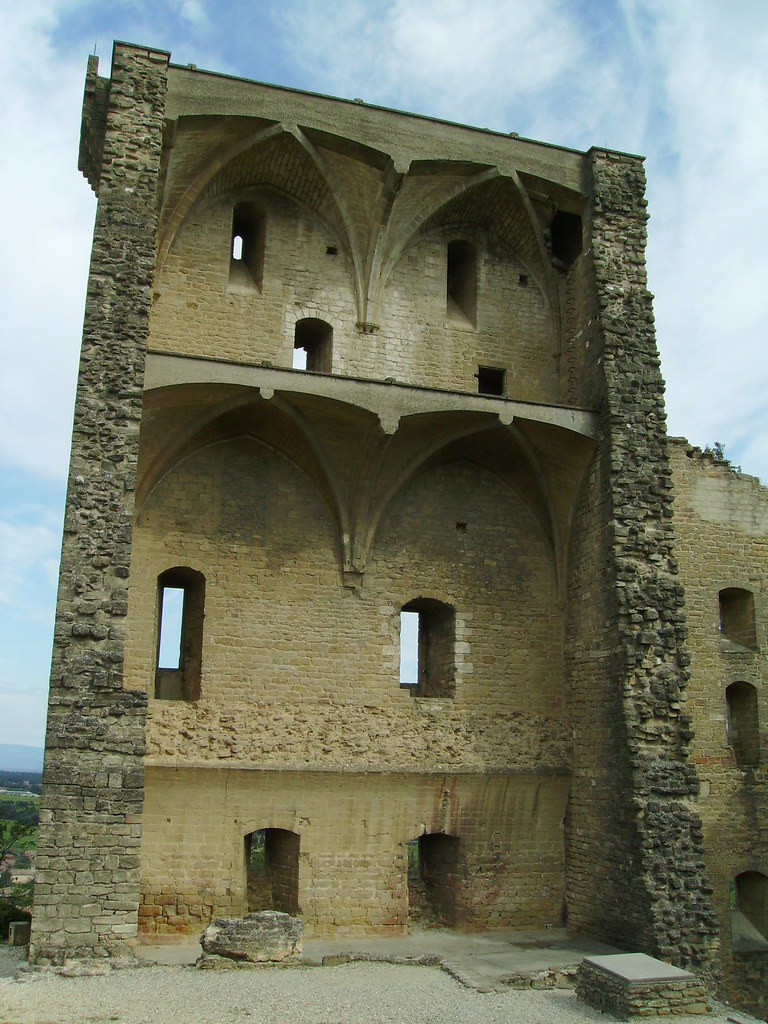

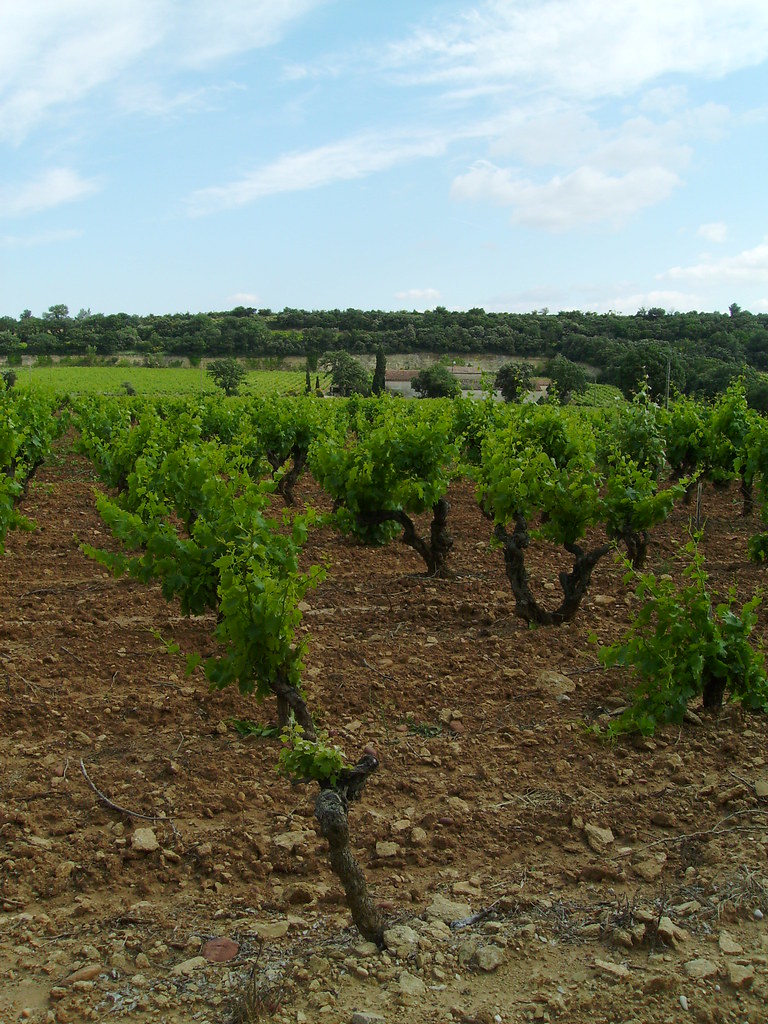
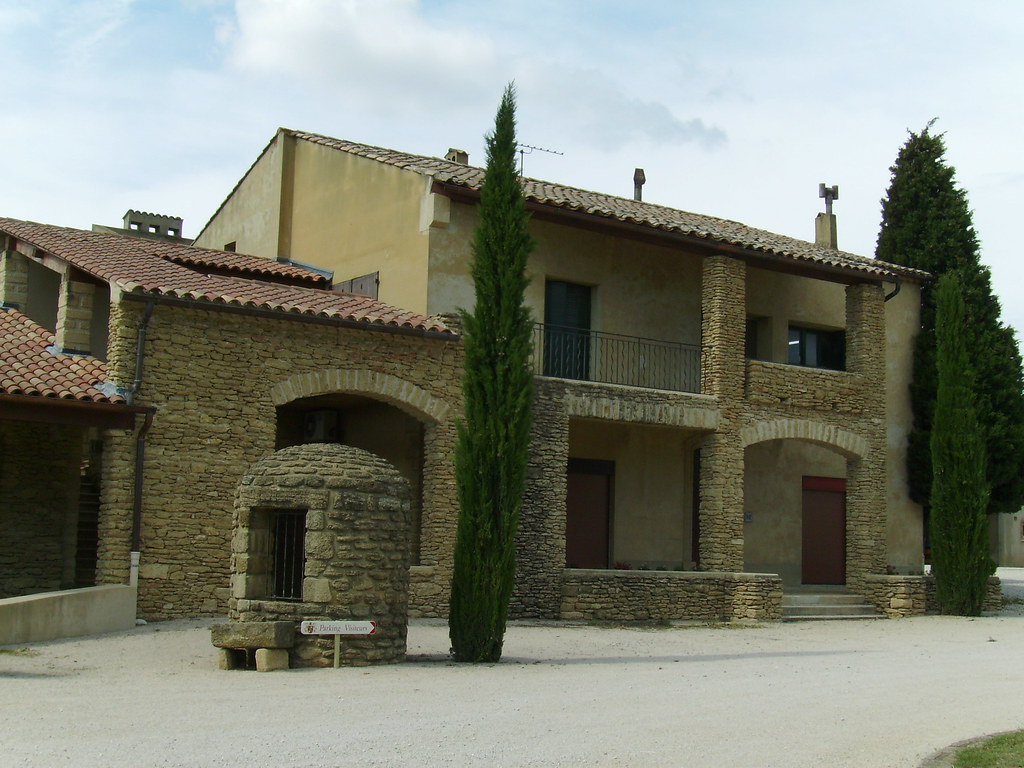
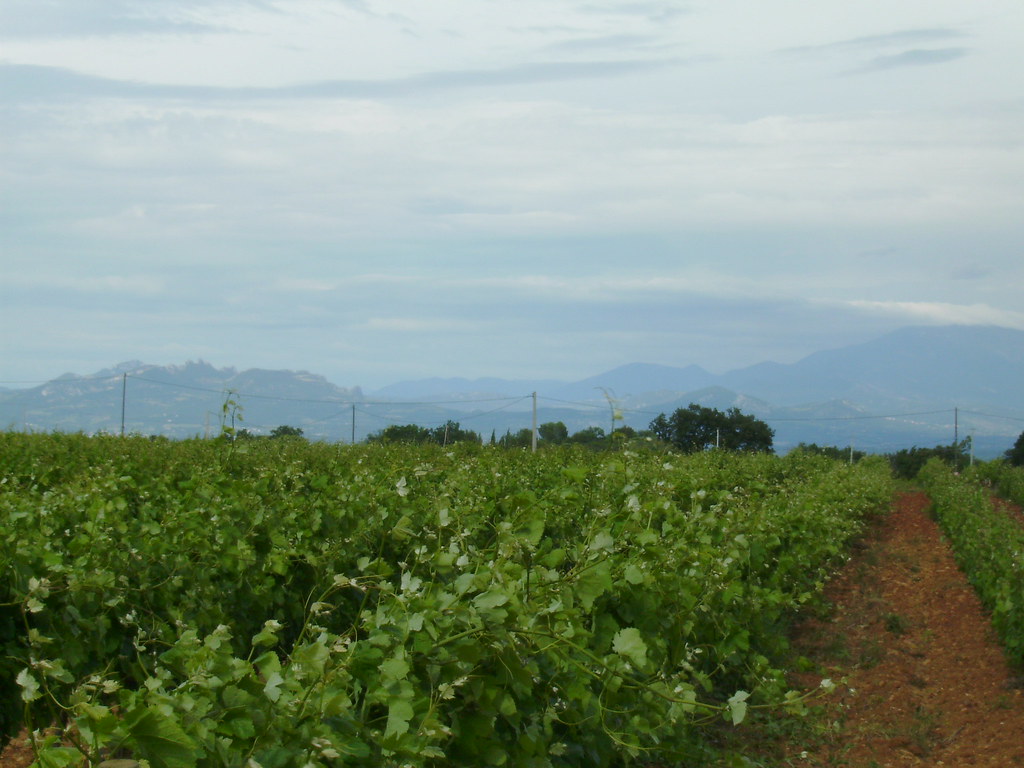
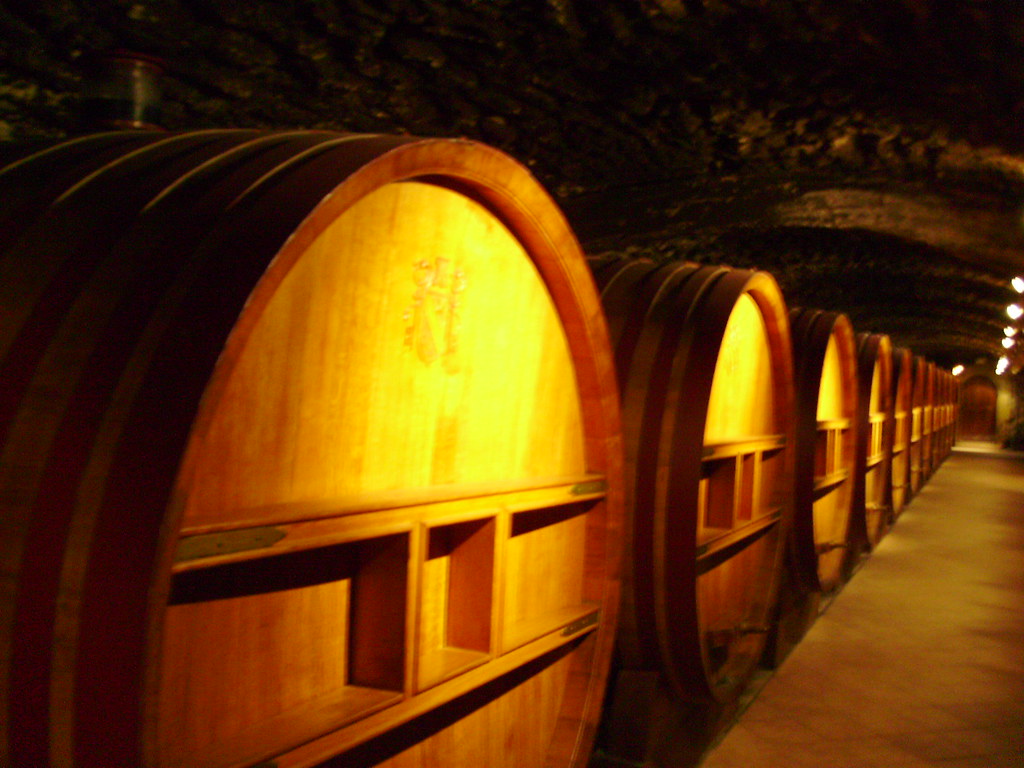

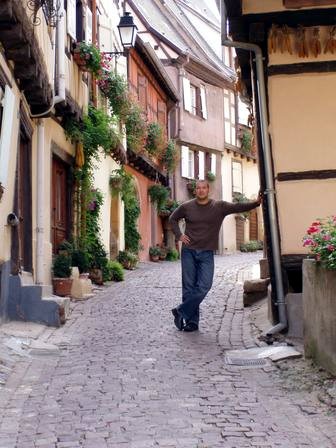
No comments:
Post a Comment